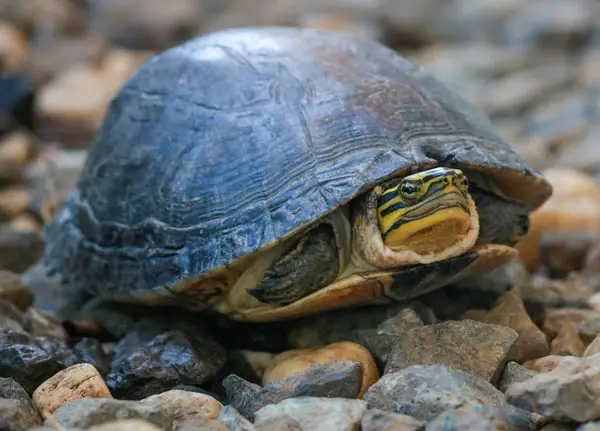The Struggle and Triumph in Asian Box Turtle Conservation

Conservation efforts for wildlife often face numerous challenges, but through relentless work and innovative strategies, triumphs are possible. One such success story is the Asian Box Turtle Conservation, a vital endeavor given the critical threats these species face across their native habitats in Southeast Asia. This article explores the hurdles these creatures encounter, the conservation strategies employed to protect them, and the hopeful outcomes that have emerged from these efforts.
Understanding the Plight of the Asian Box Turtle
The Asian Box Turtle, encompassing several species under the genus *Cuora*, is native to a range of environments from moist rainforests to dry grasslands in Southeast Asia. Despite their adaptability, these turtles face severe threats from habitat destruction, pollution, and most notably, the illegal wildlife trade. The high demand for Asian Box Turtles in the pet trade, traditional medicine, and as a food source has led to drastic declines in their populations.
The Impact of Habitat Loss
Habitat destruction is a significant threat to the survival of Asian Box Turtles. Deforestation for agriculture, logging, and urban development has fragmented the turtles’ natural habitats, making it difficult for them to find food, mate, and migrate. This fragmentation also makes them more vulnerable to predators and poachers, as they are forced to cross human-populated areas.
Conservation Strategies in Action
Recognizing the critical condition of the Asian Box Turtle, conservationists have implemented several strategies to help protect and restore populations. These include habitat restoration, anti-poaching patrols, and community education programs. Moreover, significant efforts have been directed towards breeding programs in captivity, which not only help to boost the numbers of these turtles but also serve as genetic reservoirs for future reintroduction projects.
Captive Breeding and Reintroduction Programs
Captive breeding programs have become a cornerstone of Asian Box Turtle conservation. These programs are conducted by zoos and conservation centers globally, aiming to breed turtles that can be eventually reintroduced into their natural habitats. One of the key successes of these programs is the increase in genetic diversity of the populations, which is crucial for the species’ long-term survival.
Community Involvement and Education
Community education and involvement form another vital component of conservation strategies. By educating local communities about the importance of preserving the Asian Box Turtle, conservationists have managed to enlist the help of those who live closest to the turtles’ habitats. These community-based programs often teach sustainable practices that can coexist with wildlife conservation, thereby reducing human-animal conflicts.
Legislation and Law Enforcement
Strengthening legislation and law enforcement has proven effective in curbing the illegal trade of Asian Box Turtles. Countries like Thailand and Malaysia have implemented stricter wildlife protection laws that impose heavy penalties on poachers and illegal traders. International collaboration through bodies like CITES (the Convention on International Trade in Endangered Species of Wild Fauna and Flora) has also been critical in controlling cross-border turtle trafficking.
The Role of Technology in Conservation
Advances in technology have introduced new tools for conservation, from drones monitoring turtle movements to software that tracks illegal trade patterns online. These technological advancements not only aid in the direct protection of turtles but also gather valuable data that can be used to refine conservation strategies continually.
Future Challenges and Directions
While there have been significant strides in the conservation of Asian Box Turtles, the battle is far from over. Continued habitat loss, climate change, and illegal trade pose ongoing threats. Future conservation efforts will need to adapt to these changing conditions, possibly incorporating more technology-driven solutions and continuing to engage local and international communities.
Conclusion
The struggle for the conservation of the Asian Box Turtles showcases both the challenges and triumphs faced in wildlife preservation. Through a combination of community involvement, legislative action, technological innovation, and international cooperation, there is hope for the survival of these remarkable creatures. Their story is a testament to the power of concerted conservation efforts and an inspiring reminder of the difference we can make in the natural world.
By protecting the Asian Box Turtle, we safeguard a part of our global biodiversity, ensuring that future generations may also enjoy and learn from these fascinating creatures. As we advance, it is crucial that we continue to support and refine our approaches to wildlife conservation, always striving for a balance between human needs and the health of our planet’s ecosystems.

Typical creator. Subtly charming web advocate. Infuriatingly humble beer aficionado.



